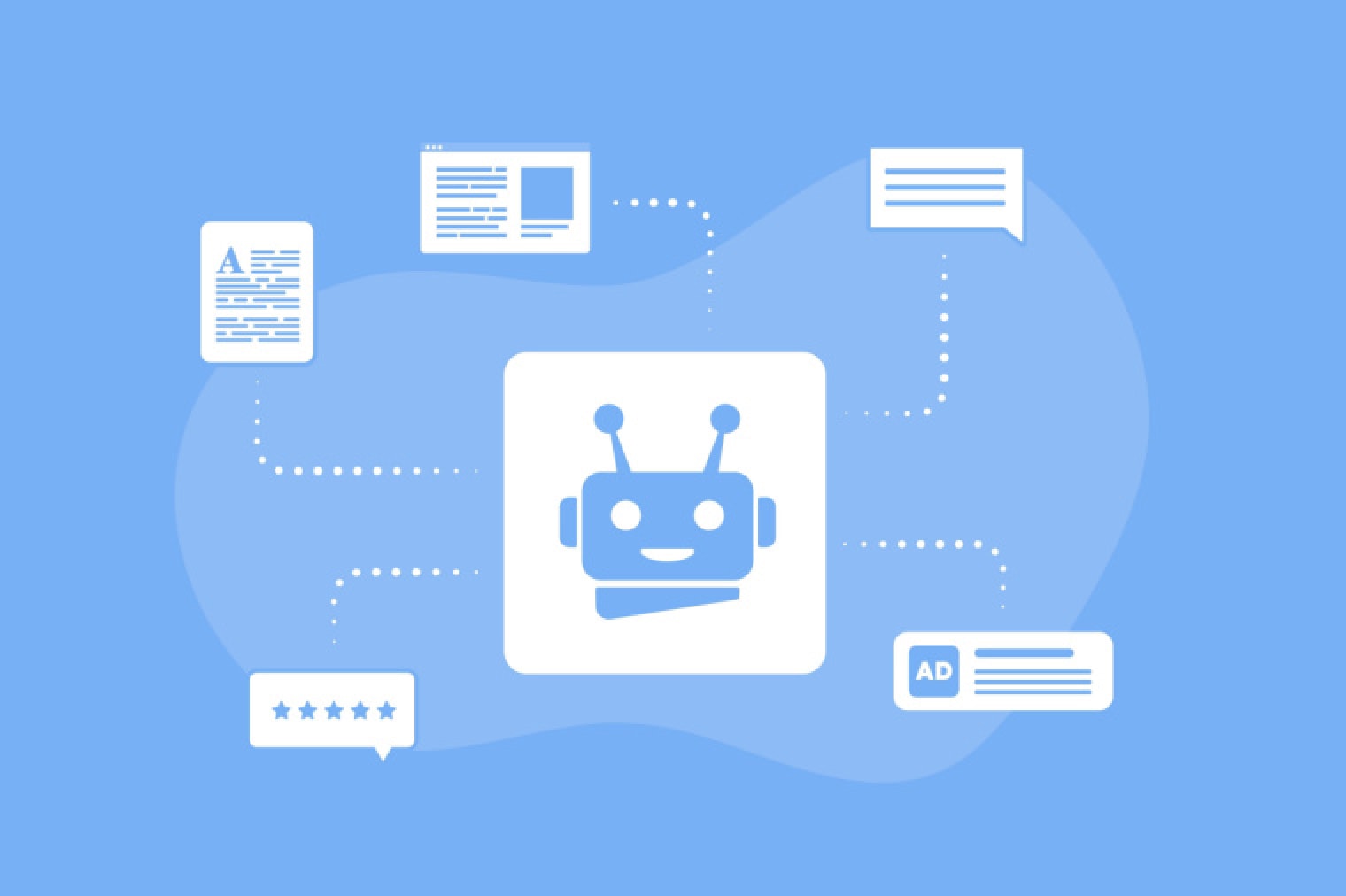 In today’s digital age, content creation plays a crucial role in the success of any marketing strategy. With Google’s increasing focus on high-quality and user-centric content, marketers are now exploring the use of AI-generated content. In this article, we will explore a seven-step guide to effectively scale your content creation process using AI while ensuring it meets Google’s standards.
In today’s digital age, content creation plays a crucial role in the success of any marketing strategy. With Google’s increasing focus on high-quality and user-centric content, marketers are now exploring the use of AI-generated content. In this article, we will explore a seven-step guide to effectively scale your content creation process using AI while ensuring it meets Google’s standards.
Google’s Stance on Content and AI
Google prioritizes user-centric content that provides value, expertise, and a good user experience. While Google’s guidelines don’t dictate specific creation methods, they emphasize the importance of user value. This means that content creators can leverage AI alongside human insights to produce high-quality, people-first content.
A 7-Step Process for Scaling Content with AI
Step 1: Knowing What to Write (Content Intelligence)
Creating a high-impact content strategy starts with research, data, and understanding your audience. By analyzing existing content, competitor content, and search trends with AI assistance, marketers can identify gaps, strengths, and opportunities. This information helps in developing a content roadmap that prioritizes what performs well and what new content is needed.
Step 2: Mapping the Brand Voice, Tone, and Journey for Content
Ensuring a uniform brand voice across various content platforms can be challenging. AI initiatives can analyze and understand a brand’s voice and audience preferences, creating a concise guide outlining tone, language, and audience personas. This becomes the blueprint for producing consistent content across all channels.
Step 3: Generating Content with Topics and Brand Voice
AI can rapidly incorporate ideas, targeted phrases, insights from authoritative sites, audience interests, and relevant data to generate content outlines or drafts in seconds. This saves time and allows creators to focus on refining and enhancing the content for consistency and impact.
Step 4: Optimizing Content for Entities and Related Topics
Content needs to be discoverable, relevant, and offer expertise to the target audience. AI tools can provide advanced prompts, SEO checklists, and workflows to optimize the content generated. Human editors can then enhance the content based on these guidelines.
Step 5: Establishing Content Distribution Workflows
Once high-quality content is created, it needs to be distributed seamlessly across all channels and locations. AI-assisted content should go through a distribution workflow that includes publishing to a CMS or exporting it in various formats. Media assets like images and PDFs should be included to maintain a consistent user experience.
Step 6: Ensuring Page Experience and Technical Foundation
A website’s page experience directly affects user satisfaction. It is important to pay attention to Core Web Vitals and improve site performance. A solid technical setup ensures a secure and user-friendly site, enhancing user retention, engagement, and conversions.
Step 7: Measuring and Analyzing Performance (Content Analytics)
Measuring the impact of content is essential for creating a feedback loop for content intelligence. By identifying the right KPIs and analyzing content reach and effectiveness, marketers can gain valuable insights into what topics or types of content they should focus on next. This allows them to continuously improve their content strategy.
Integrating AI into each step of this seven-step approach to content creation allows for scalability in today’s evolving landscape. From identifying impactful ideas to generating rich, optimized content to publishing and measuring results, AI enables efficient, targeted, and measurable content creation.
In conclusion, by following this seven-step guide, marketers can effectively scale their content creation process using AI while ensuring it meets Google’s standards for high-quality, audience-centric content. With the right foundation, understanding of the audience, and strategic integration of AI, brands can create valuable and engaging content that drives results.
